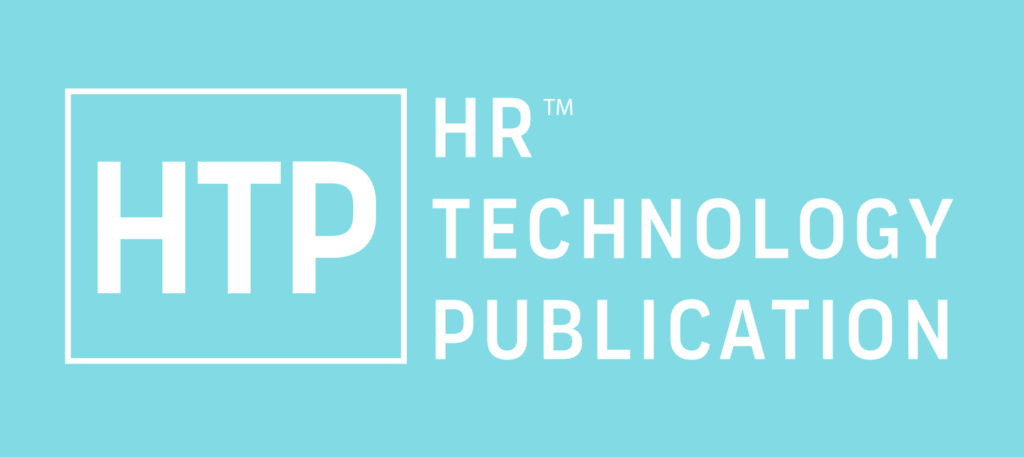Selecting the ideal Learning Management System (LMS) demands strategic consideration. An LMS serves as a centralized platform for learning content delivery and tracking progress. Its benefits span adaptable module development, accessible solutions, interactive engagement, comprehensive dashboards, and tailored courses through analytics. To choose the right LMS, identify organizational needs, assess financial feasibility, ensure content compatibility, prioritize mobile-friendly analytics, define essential functions, and conduct exhaustive market research. This methodical approach ensures an informed decision, aligning the chosen LMS with training objectives. Such careful selection empowers organizations to foster transformative learning experiences for their workforce, optimizing growth and productivity. LMS can also help you with employee retention.
What is an LMS?
An LMS is a specialized software devised to oversee, distribute, and monitor learning and developmental endeavors within an organization. Acting as a centralized hub, it facilitates the creation, administration, and dissemination of educational material while keeping tabs on learners’ advancements. This software streamlines the management and delivery of diverse learning content, offering a comprehensive solution to monitor and optimize the progress of individuals engaged in the learning process.
Benefits of an LMS for Corporate Training
A learning management system (LMS) facilitates adaptable learning module development, offers easily accessible solutions for learners, encourages interactive user engagement, provides comprehensive dashboards for holistic insights, and utilizes learning analytics to create learner-centered courses.
1. Adaptable Learning Module Development
The essence of an LMS lies in its ability to flexibly craft and modify learning modules, catering to diverse learning styles and organizational demands. Its core strengths revolve around adaptability and customization, empowering organizations to tailor educational content effectively, and ensuring alignment with different learning preferences and specific business needs.
2. Range of Easily Accessible Solutions
LMS platforms offer learners diverse, easily accessible solutions encompassing multimedia content, interactive assessments, and collaborative tools. This comprehensive array cultivates an environment conducive to learning, encouraging engagement and interaction while catering to different learning preferences and fostering a rich educational experience.
3. Interactive User Engagement
The incorporation of interactive elements in an LMS fosters user engagement, promoting active involvement and enabling learners to voice preferences, thus customizing and personalizing their educational journey. These interactive features empower users, enhancing their experience by tailoring the learning process to align with individual needs and preferences.
4. Comprehensive Dashboard View
The Learning management system (LMS) boasts an all-inclusive dashboard showcasing tasks, enrolled courses, and learner advancement, delivering a panoramic view for both administrators and learners. This comprehensive overview enhances decision-making, aids in tracking progress, and ensures a seamless learning experience, aligning stakeholders’ perspectives and fostering a more informed and engaged educational journey.
5. Utilization of Learning Analytics
Utilizing learning analytics, the LMS customizes courses by analyzing learner behavior, preferences, and performance. This tailored approach ensures an educational experience finely tuned to individual needs, enhancing effectiveness and targeting learning outcomes more precisely for an optimized learning journey.
How to Select the Right Learning Management System (LMS)?
Choosing the appropriate LMS encompasses several crucial steps: recognizing organizational requirements, assessing financial feasibility, appraising content compatibility, prioritizing mobile-responsive analytics, defining critical LMS functionalities, and conducting comprehensive market analysis. This holistic approach ensures a tailored and informed decision aligned with the organization’s objectives, optimizing the selection of an LMS that best suits its training requirements.
1. Identify Your Needs
To choose a Learning management system (LMS) that aligns with your goals, grasp the organizational essentials: user volume, content variety, and desired learning goals. This understanding forms the bedrock for selecting an LMS that seamlessly integrates with your objectives, ensuring a tailored and effective learning experience for your organization.
2. Consider Financial Situation
Assess financial limitations and cost frameworks, verifying that the selected LMS provides substantial value while remaining within the allocated budget. It’s crucial to align the chosen platform with financial resources, ensuring it offers comprehensive functionality and meets organizational needs without surpassing budgetary constraints.
3. Establish Content Suitability
Evaluate the alignment between the Learning management system (LMS) and your current or prospective content, guaranteeing a smooth blend and efficient delivery. Ensure seamless integration that harmonizes with your educational materials, optimizing the platform’s capability to effectively impart knowledge and enhance the learning experience.
4. Prioritize Mobile-Friendly Design for Analytics
Select an LMS offering mobile-accessible analytics reports, granting stakeholders on-the-go access to crucial insights irrespective of location or time. This accessibility ensures seamless retrieval of vital data, empowering informed decision-making and fostering continuous improvement without constraints of physical presence or specific time frames.
5. Determine Essential Learning management system (LMS) Functions
Outline essential features and functionalities vital to your organization’s learning necessities, guaranteeing the chosen LMS perfectly corresponds to these specific requisites. By defining and prioritizing these must-have elements, ensure seamless alignment between the selected Learning Management System (LMS) and your organization’s unique learning objectives and operational demands.
6. Exhaustive Market Research
Thoroughly research and compare diverse LMS options by evaluating vendor credibility, user feedback, and scalability. This comprehensive approach ensures an informed decision, allowing you to weigh the reliability of providers, understand user experiences, and assess how well each system can grow and adapt to your organization’s needs.
Conclusion
Selecting the right Learning Management System requires a strategic approach rooted in understanding organizational needs, financial considerations, and the potential of available features. By conducting diligent research, assessing compatibility, and prioritizing essential functionalities, organizations can confidently invest in a Learning management system (LMS) that aligns with their training objectives, ensuring a transformative learning experience for their workforce.




